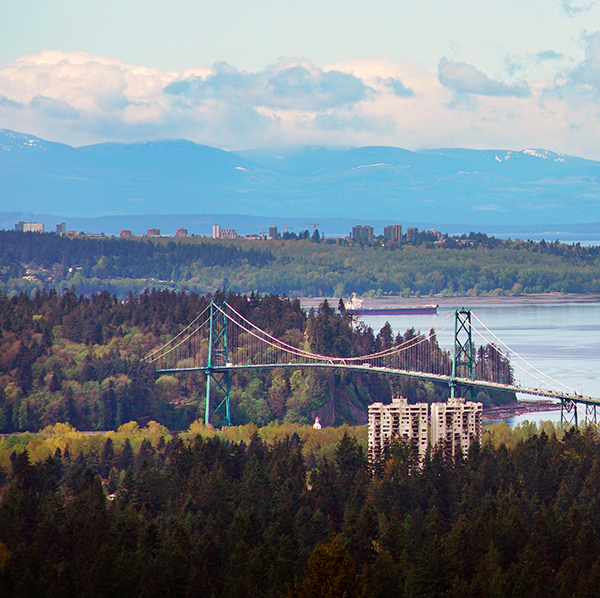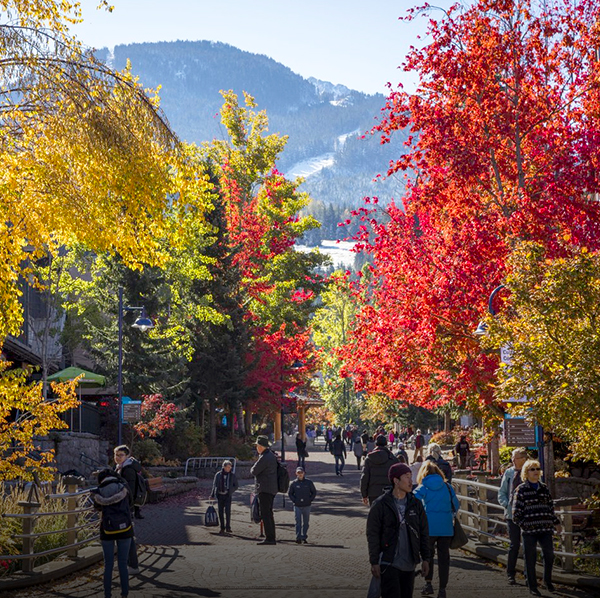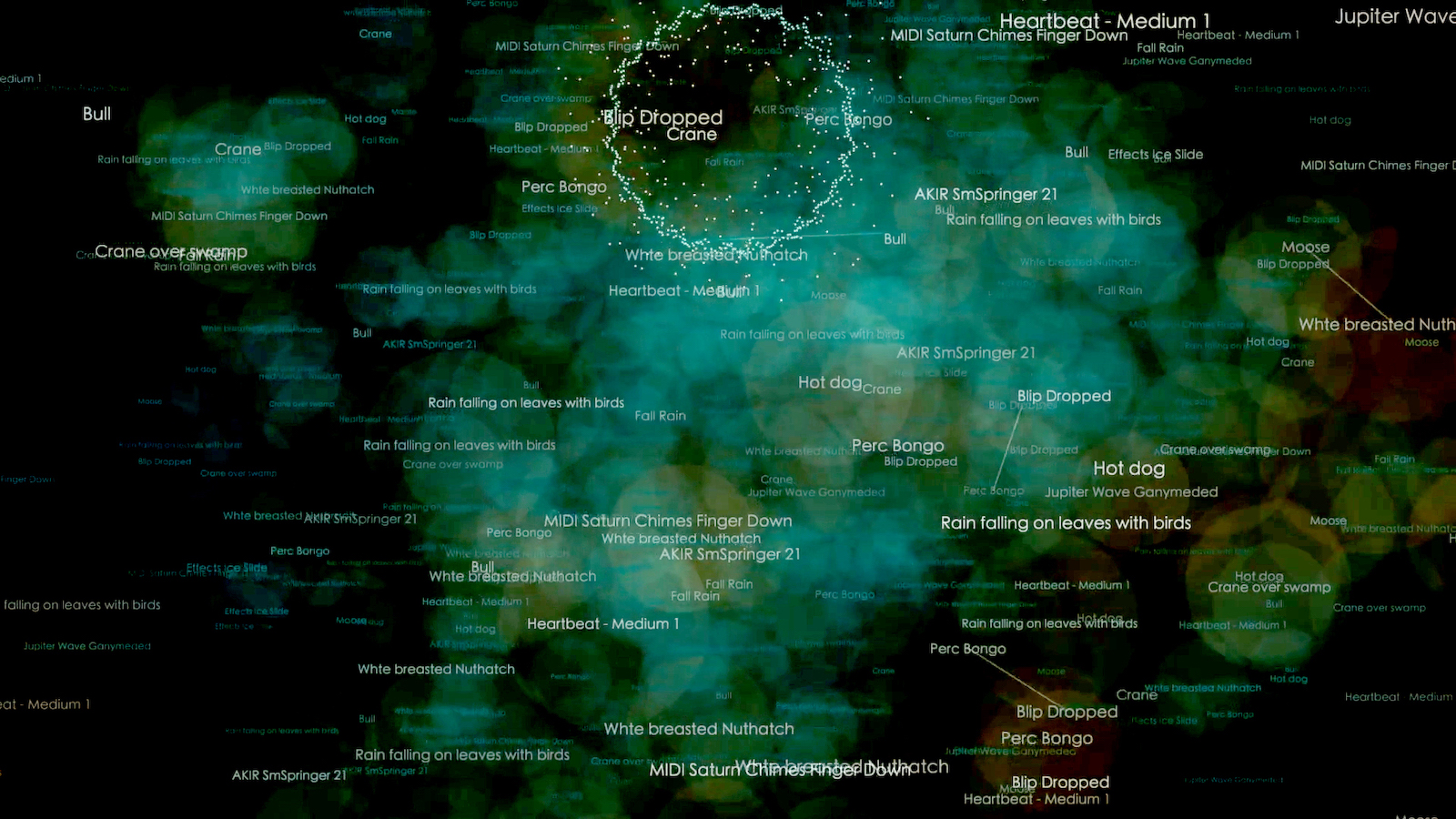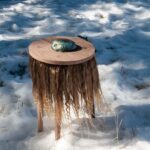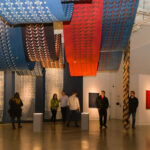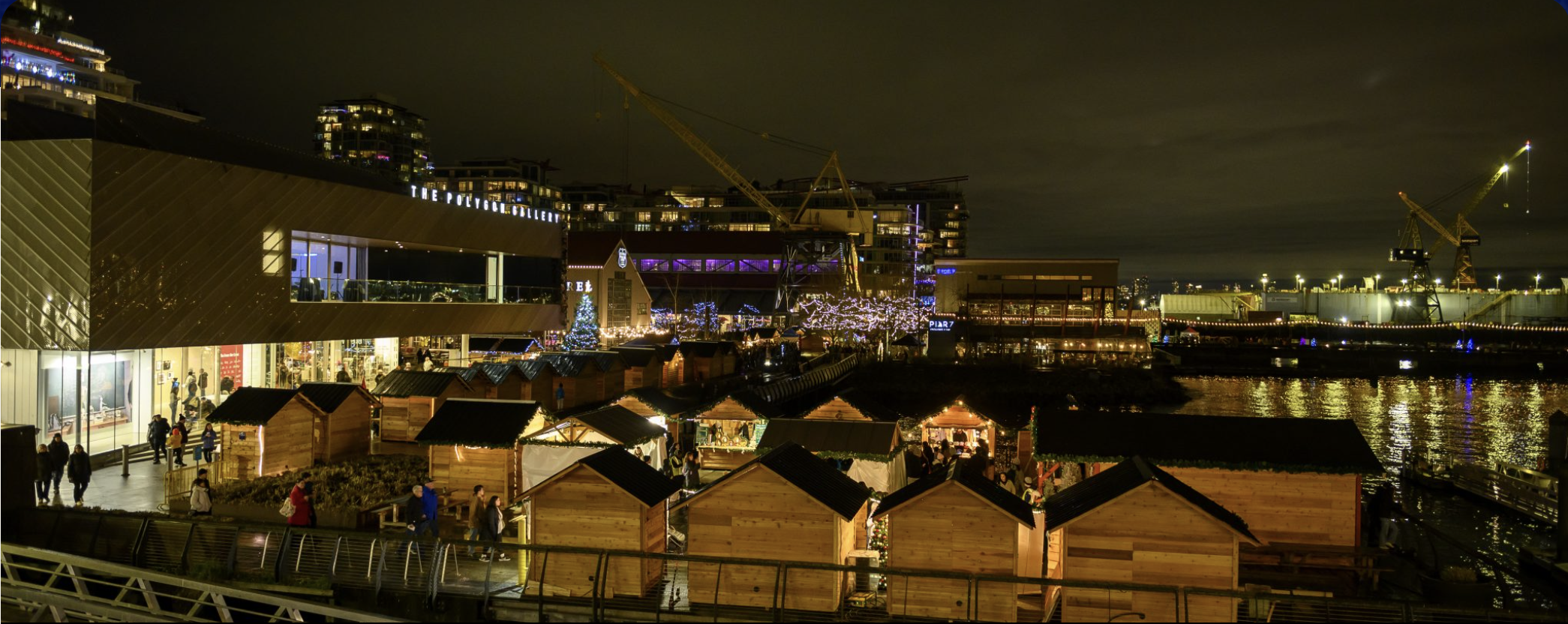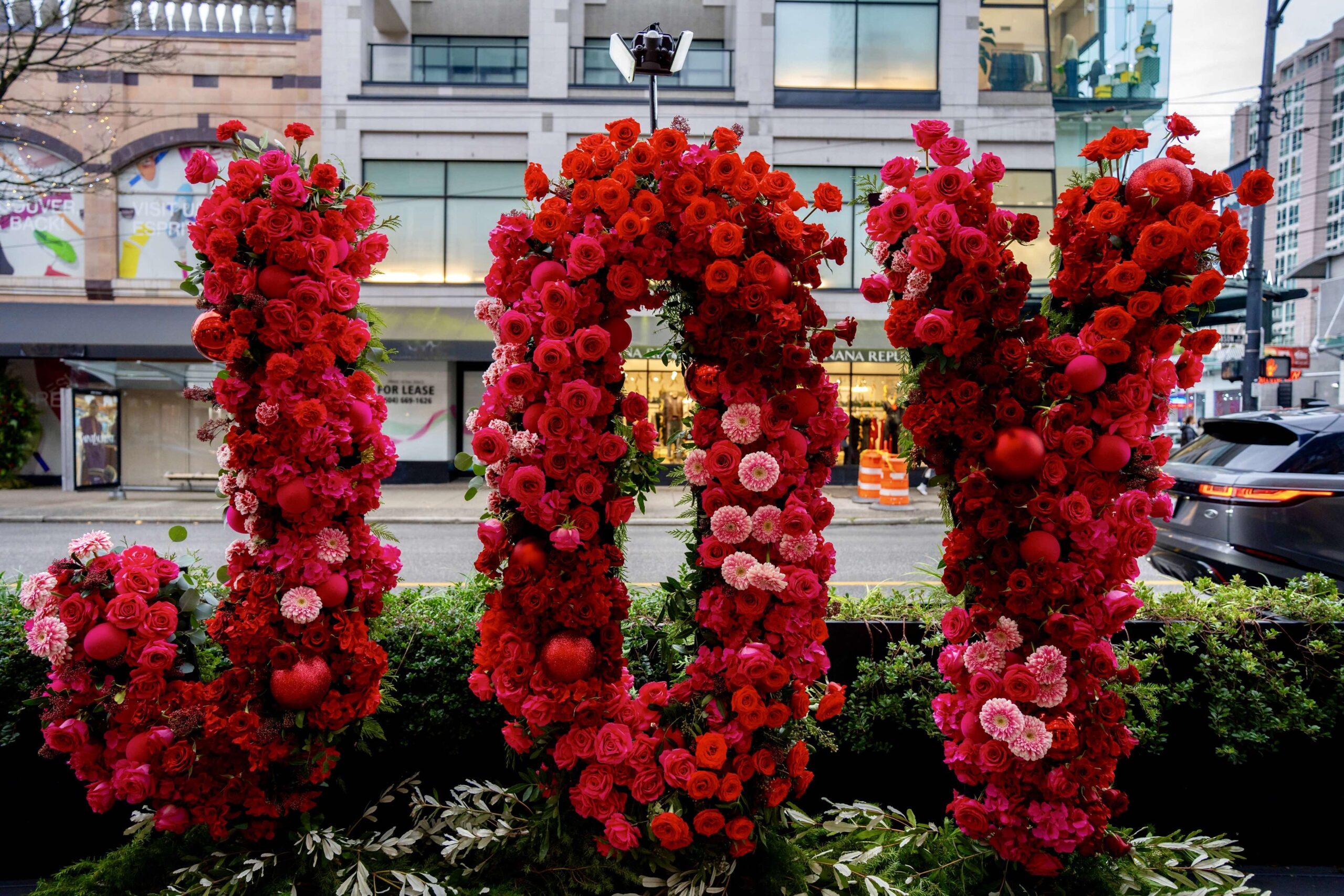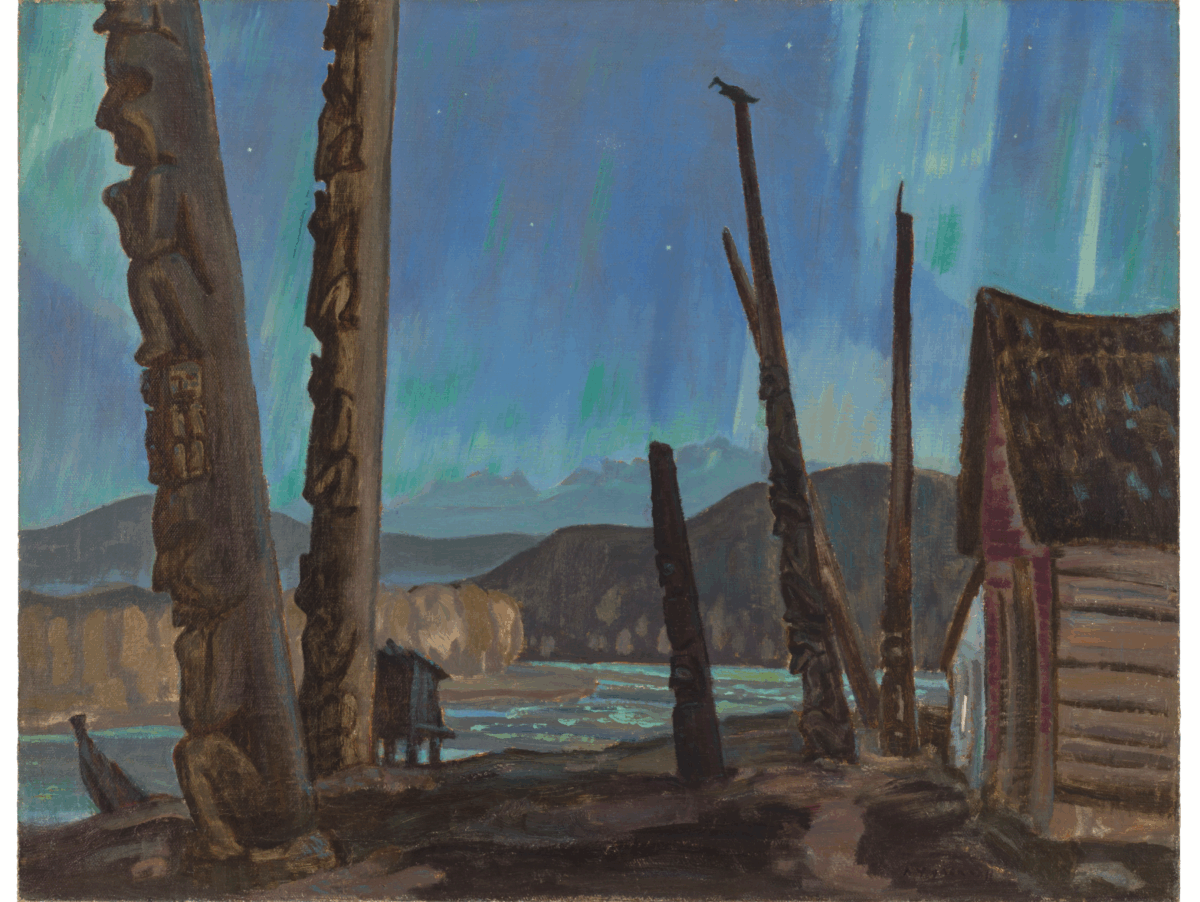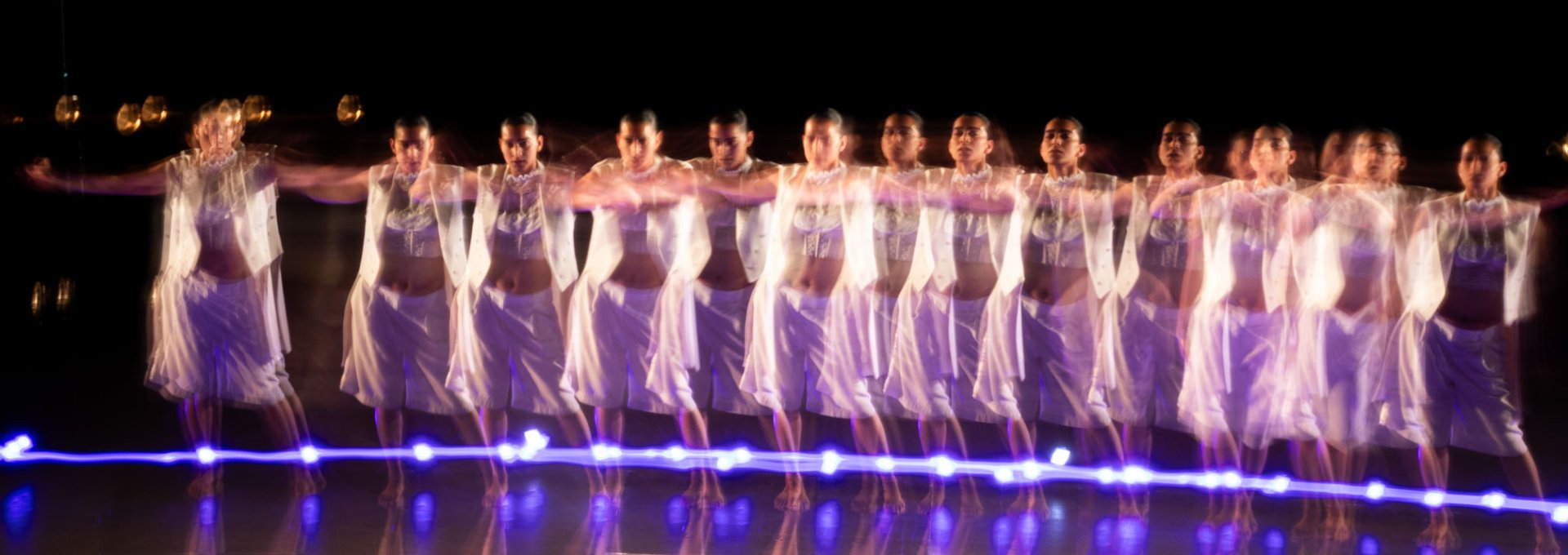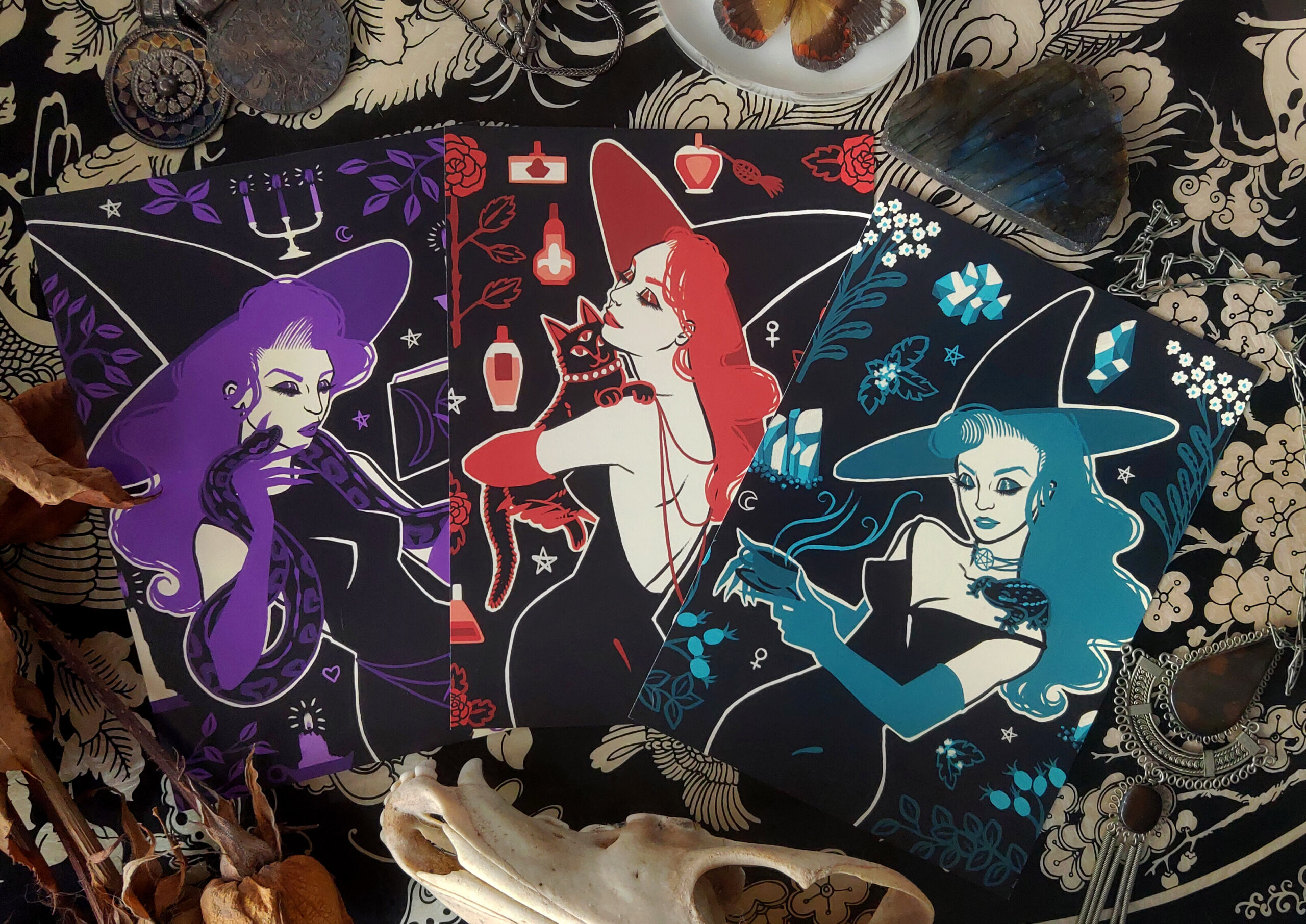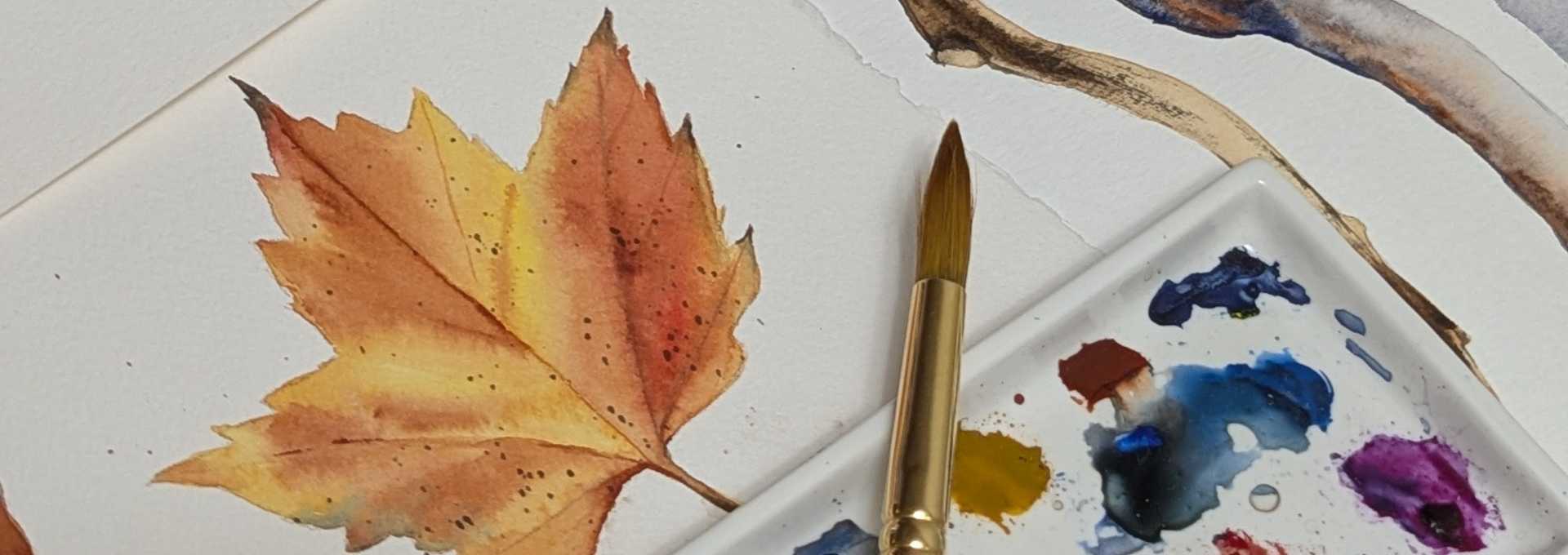Cover image: Annette S. Lee, Dagwaagin, Ptanyetu, Fall Soundscape. Finding Stillness in the Motion, 2022. Image courtesy of the Artist.
By: Kristin Lim
New Media Gallery’s latest group exhibition, Measure, offers something for everyone through six artworks by seven international artists that bridge technology, astronomy, physics, biology, nature, and art.
Co-curated by NMG’s Sarah Joyce and Gordon Duggan, the exhibition features work by Annette S. Lee, currently based in Minnesota; Félicie d’Estienne d’Orves, who resides in Paris; Montreal-based Matthew Biederman; Vancouver-based artists Alan Storey and James Nizam; and UK-based Semiconductor, who are artist duo Ruth Jarman and Joe Gerhardt. The works, which range from video, to sculpture, to site-specific installation, and span from 2008 to 2022, are connected in their investigation and exploration of how to measure and track time, light, colour, the seasons, and the movement of celestial bodies.
At the exhibition which opened on September 23, the first day of fall, Annette S. Lee’s video work, Dagwaagin, Ptanyetu (2022), felt immediately relatable. The artist, who recently began working with video and sound, describes the piece as: “an audio-visual animation in honor of experiencing the sounds and sights, Earth and Sky, of fall in Mni Sota Makoce-Minnesota.” Lee visualizes recordings of various sounds in her environment, from the calls of woodpeckers, snowy owls, and blue jays, to fall rain, sizzling hot dogs and fizzing alka seltzer. Organized into four parts, the video follows a cyclic rhythm created by the various sound recordings that flow from busy, chaotic, crazy, and fun, to quiet, calm and still. In the video, the sounds are depicted visually as animated circles or coloured bubbles of varying sizes, their movement corresponding to the sounds they represent. Interspersed text shows the file name with which the artist has labeled each sound clip. The colours change from turquoise, to golden yellow, to green and brown, representing the changing seasons. The work inspires us to get outside during this shift in seasons, to observe, to listen attentively, and, for the artist, most importantly, “to find stillness in motion.”
One of the central themes in the exhibition, Joyce and Duggan explain, is “the notion of how we measure the world.” Further interconnections between the works emerge: “In Measure it might be how changing light affects colour, or how we perceive the movement of light over time and distance. Each work bounces off the other, creating revelations around the idea of measure.”
The first work the curators became aware of, in this exhibition, was Matthew Biederman’s Iterating Color Field, Sorted and Measured Three Times (2008). The video projection is a software-generated piece in which a colour field, what looks like vertical stripes, is drawn, pixel by pixel. Three stainless steel rulers on the wall sort the colours into their three constituent parts—red, green and blue—and the process continues. The resulting work is a mesmerizing projection of thin stripes that shift left to right in an array of colours. In an artist talk on opening day, Biederman credited CRT televisions as early inspiration for his interest in investigating colour. Further, he described his work as “sitting between classification and measurement, art and science.” Biederman takes inspiration equally from colour wheels and studies of colour from the scientific world and artists such as the influential 20th century abstract painter, Joseph Albers. (Albers used simple geometric forms to explore how the visual perception of colour is relative to those that are adjacent.) Visually, Biederman’s stripes immediately call to mind the work of Modernist and Conceptual artists whose practice was defined by stripes—Bridget Riley, Daniel Buren, Barnet Newman, Ian Davenport, and Jim Lambie, come to mind—but with the added layer of his use of technology.
The diverse works in Measure, presented for the first time all together in the same gallery space, create dialogue with one another. On entering the gallery space, you first encounter Alan Storey’s time-based, electronic media sculpture, Time Dilation (2021). Based on Einstein’s Special Theory of Relativity from 1905, that time is relative, that a clock that is moving at a greater speed will run slower than one that is still. Storey has created a sculpture that attempts to slow down time. The work is built from sixty wall clocks, assembled into a wheel-like steel frame. As the sculpture turns, the extended second hands on the clocks produce a wave formation, resembling the spiny dorsal fin of a fish.
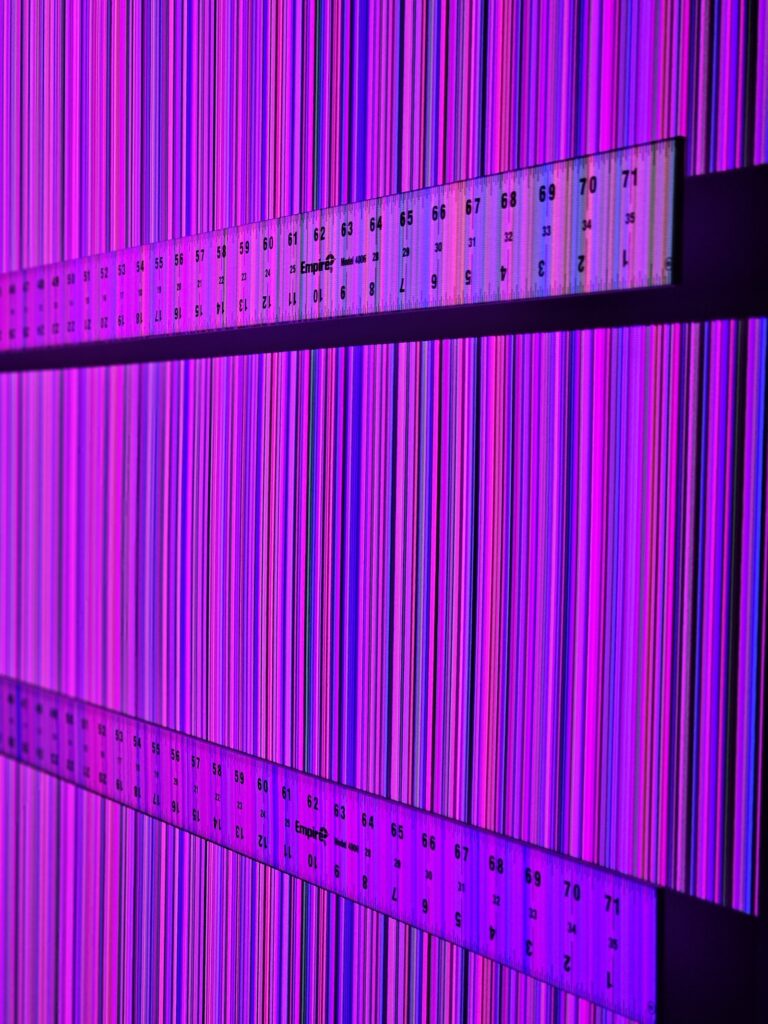
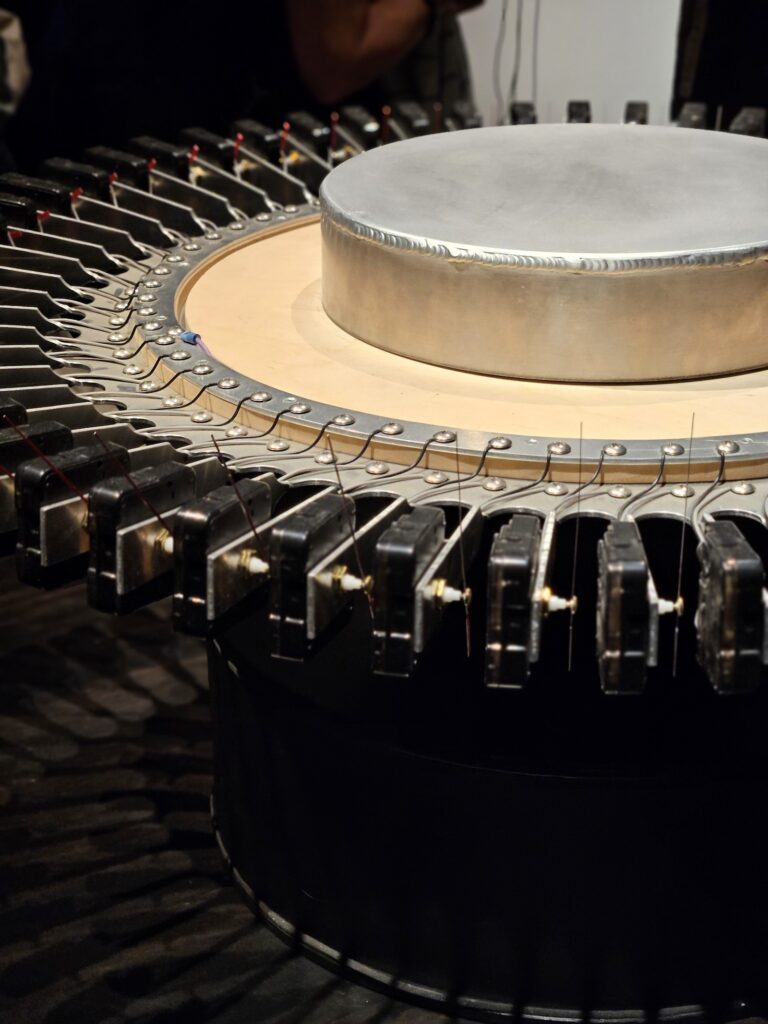
In James Nizam’s Earth Spin Moon Orbit (2019), a site-specific installation, the artist expands on his practice of drawing with his camera, which, in short, began from photographing star trails. In the exhibition, we see the second iteration of Nizam’s work, comprised of a celestial tripod with a large ring suspended around it. Directed at the moon, a tracking device follows and tracks the moon, while a laser activates an emulsion applied to the surface of the ring, leaving a trail of light that is evidence of not only the moon’s orbit, but the rotation of the earth.
Other works include two from the Light Standard Series (Sun and Venus) (2016) by Félicie d’Estienne d’Orves, a minimal installation, where we see two rectangular stainless steel rods lined up on the wall, each with a moving band of light corresponding to the time it takes light to reach Earth from the sun and Venus. Then there’s Semiconductor’s video work, Heliocentric (2010), which is an attempt at visualizing how the earth moves around the sun. Through time-lapse photography and astronomical tracking, the work plots the sun’s trajectory across a series of landscapes. Displayed on three monitors, the 15-minute film is a visual rush of scenic landscapes, with the viewer gazing upward at the sun shining through.
Artists rigorously test and experiment again and again, as do scientists, until the desired results are achieved. For Joyce and Duggan, the divide between art and science isn’t so great: “art and science can be seen as two sides of the same coin. Only fairly recently have artists and scientists been so strictly segregated. Scientific and artistic practice is generally interested in observing and understanding how the world works. Each of the artists in this exhibition have a unique comprehension of a scientific principle.”
Measure brings together artists who use technology innovatively to see, to feel, to hear, to connect, and to measure, in order to make sense of the world. Joyce and Duggan quote James Vincent’s 2022 book, Beyond Measure: The Hidden History of Measurement from Cubits to Quantum Constants, as prevailing food for thought: “We tend to think of measurement as something taken from the world: as knowledge extracted from nature by means of scales, gauges and rulers. But this framing is just convention, and the opposite is equally true. The measure often precedes the measurement…”
MEASURE is on view at New Media Gallery until December 10, 2023. For more information, visit newmediagallery.ca.
To get to the New Media Gallery, take the Expo Line Skytrain to New Westminster Station. From there, it’s a two-minute walk to the Anvil Centre, where NMG is located on the 3rd floor.
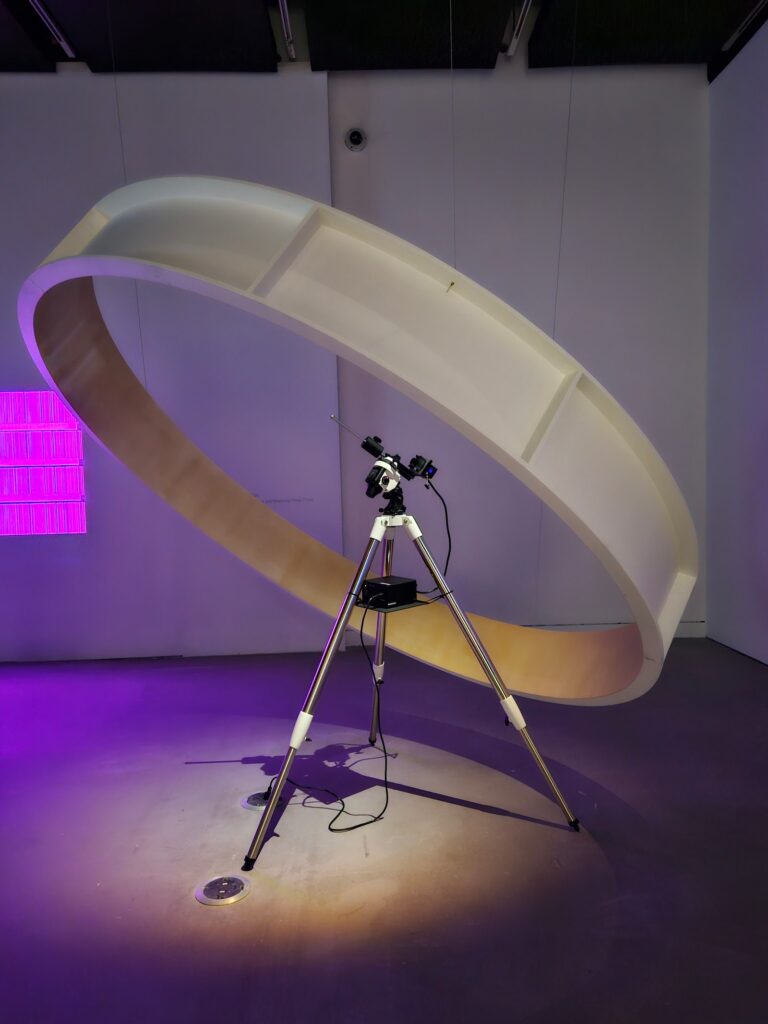
Image: James Nizam, Earth Spin Moon Orbit, 2019, installation view.
